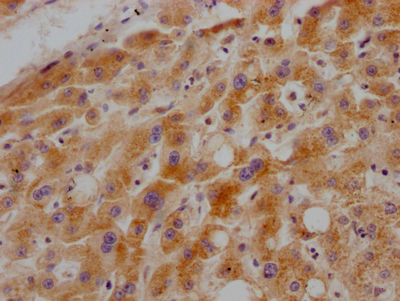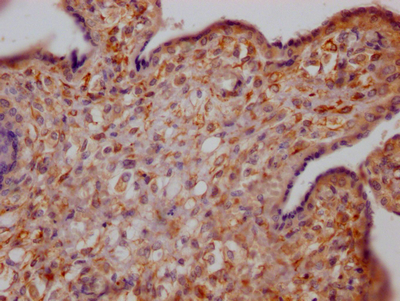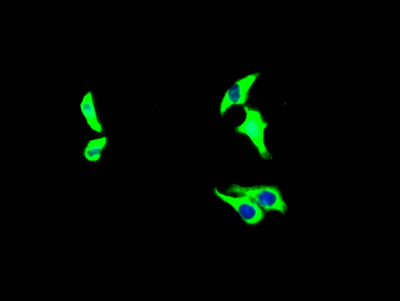GHR antibody CSB-RA978909A0HU is a recombinant monoclonal antibody produced from the expression of the plasmids that were constructed by the GHR monoclonal antibody (generated from animals with the human GHR synthesized peptide immunization) DNA sequence in cell lines. This GHR recombinant antibody is a rabbit IgG antibody purified using the affinity-chromatography method. It is reactive with the GHR protein from human samples. And it can be applied in ELISA, IHC, and WB analyses.
Antibodies against GHR, especially monoclonal antibodies, have become important tools to study this receptor. The high-affinity MAb 263 directed against the extracellular domain (ECD) of GHR has been extensively applied for localization of the GHR by immunohistochemistry in many species and makes up an essential part of the ligand immunofunctional assay.








